Mongolia: Przewalski Horses at Khustain National Park
Przewalski horses (or takhi as they are called in Mongolia) are the world’s only remaining truly wild horses. Unlike American mustangs or Australian brambies that are just domestic horses gone feral, takhi are a completely different horse species with a distinct DNA, 2 extra chromosomes, and a unique appearance. The story of Przewalski horses is truly remarkable – they were discovered in the 15th century by a European scientist who was taken prisoner by the Mongol warriors and brought to Mongolia. Almost 3 centuries later, a Russian explorer and naturalist Przewalski went on a trip to Mongolia just to find the mysterious wild horse. He succeeded in 1881 and it was named after him. Around 1900, many of these horses were taken to European zoos where few managed to reproduce. Meanwhile the already rare and small population in the central Mongolia declined precipitously in the 20th century – the last herd was seen in 1967 and the last Przewalski horse was spotted in 1969. In the 1980s, the species was pronounced extinct in the wild (I remember reading it was extinct when I was little). After the collapse of the USSR, an effort was made to reintroduce the species from the European zoos – 14 horses were from brought from Prague and Amsterdam and settled in a newly created Khustain National Park. They loved it here and reproduced happily while more horses from European zoos were brought home. The species was upgraded from “extinct” to “critically endangered” and then to just “endangered” as the population grew to 250 in 2013. Today, there are about 340 horses with young ones born every year. In my one day stay at the park, I saw 18 horses – 3 separate harems with 4 babies. They are truly wild and don’t let people come close, but they definitely enjoy the wide open space of Mongolia and thrive in the wild (despite the wolves as their natural predator). A bucketlist item for sure!

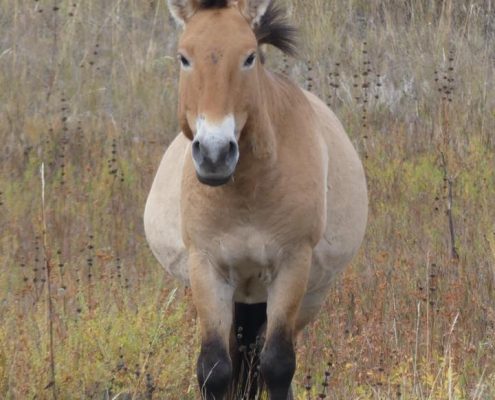
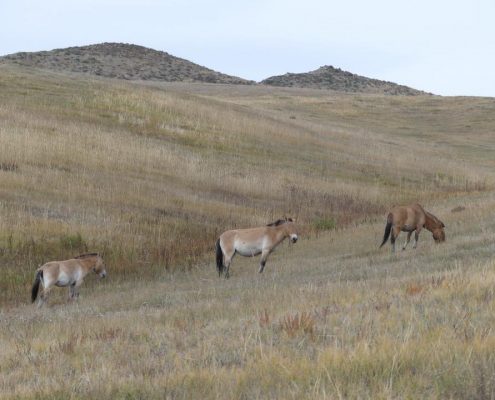
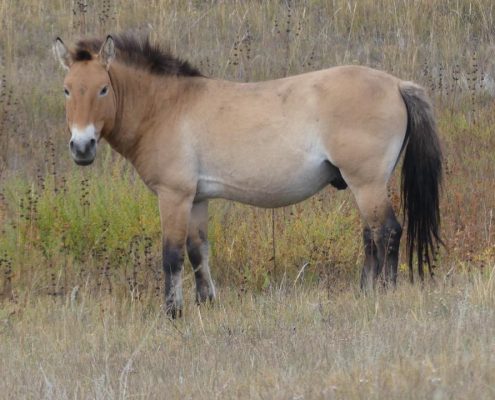
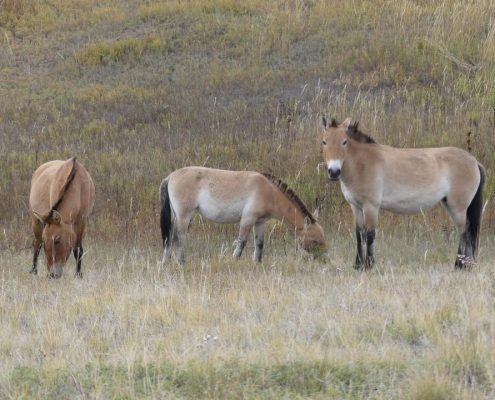
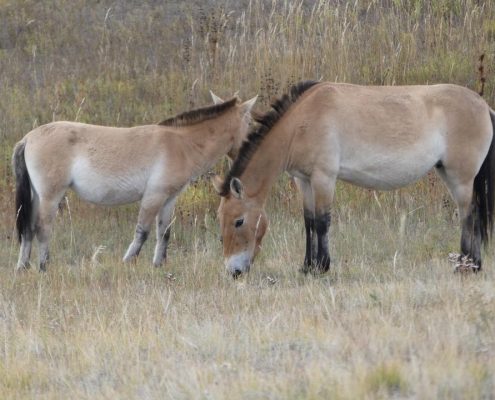
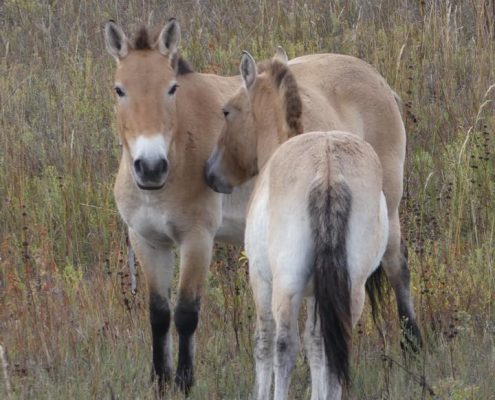
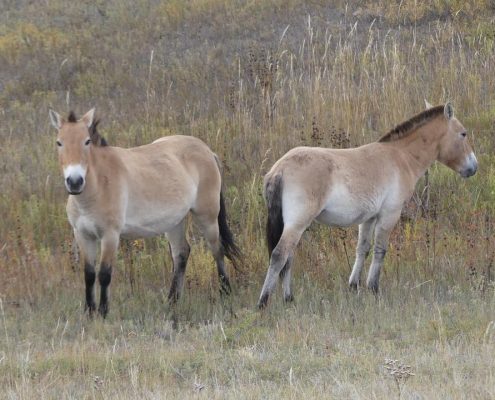
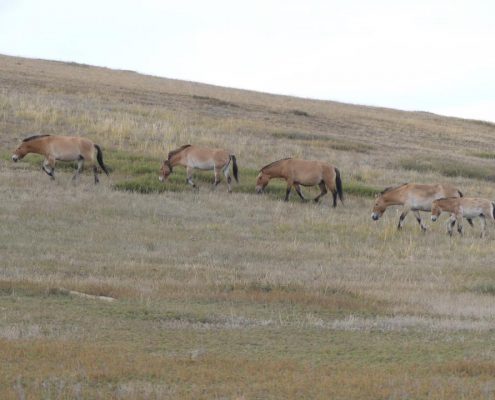
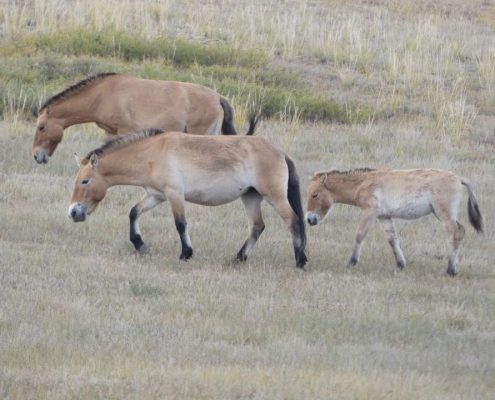
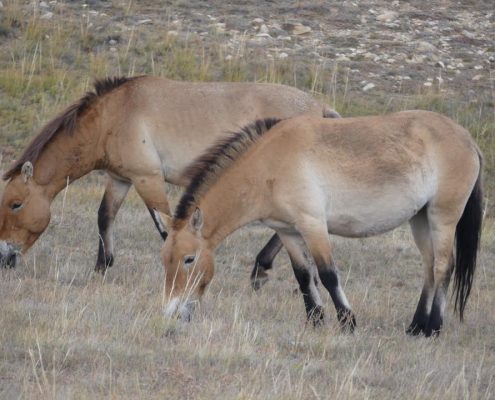
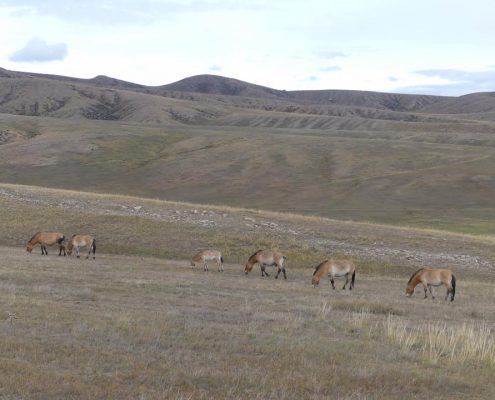
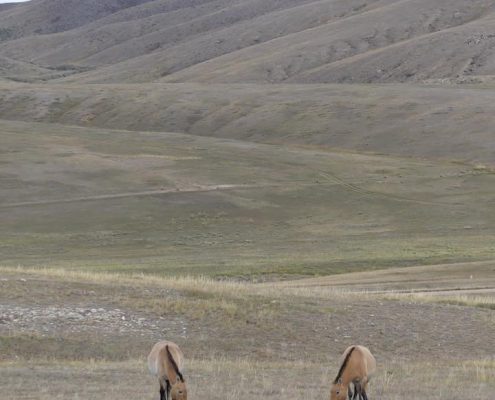
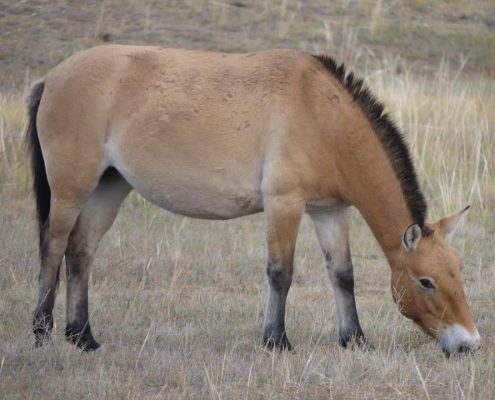
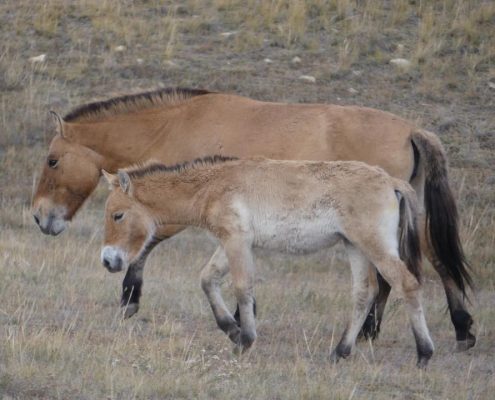
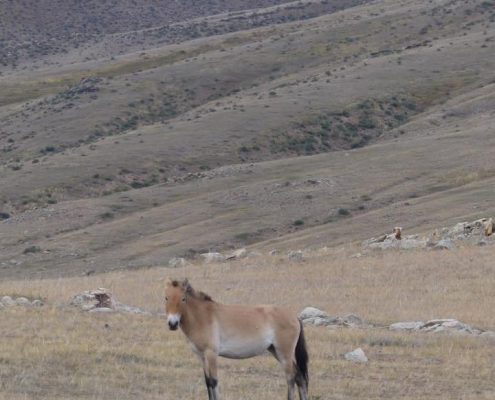
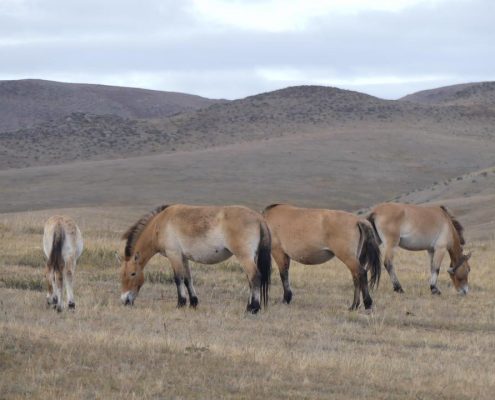
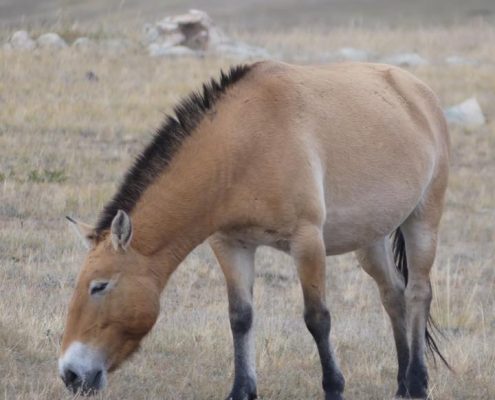
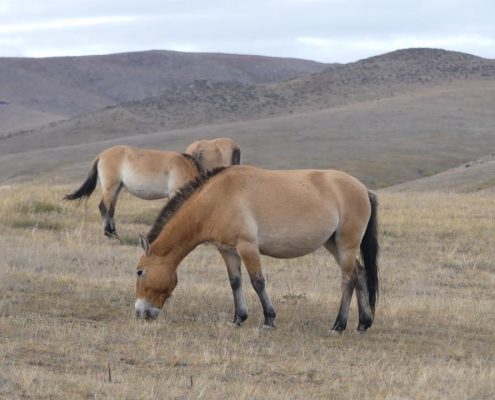
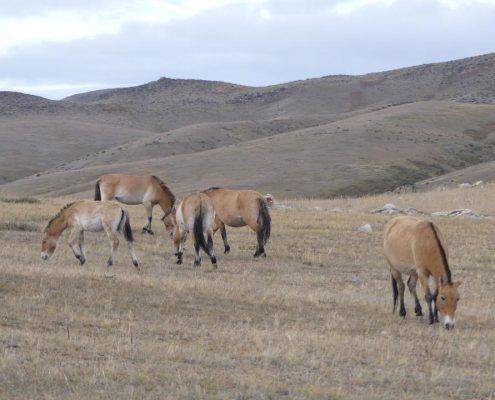
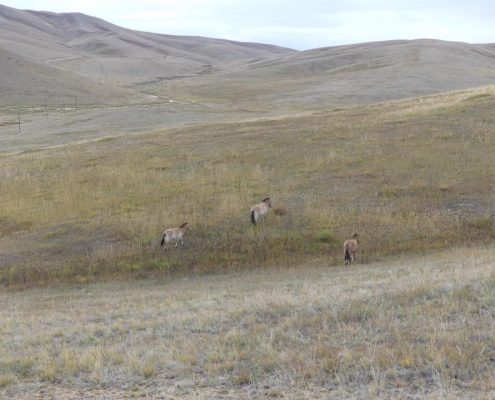
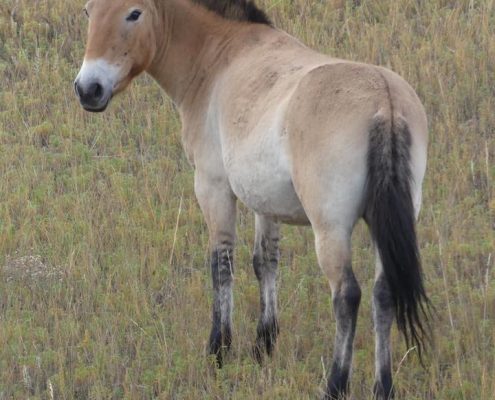
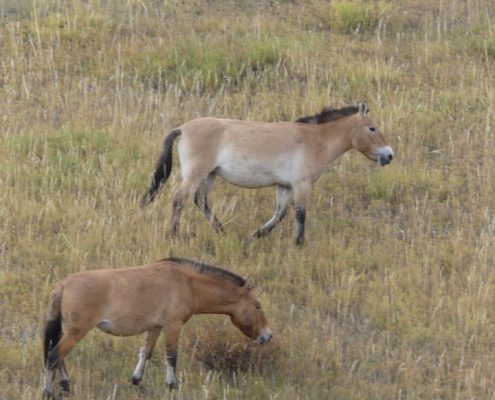
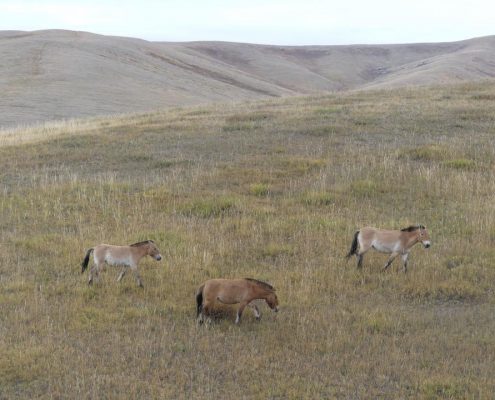
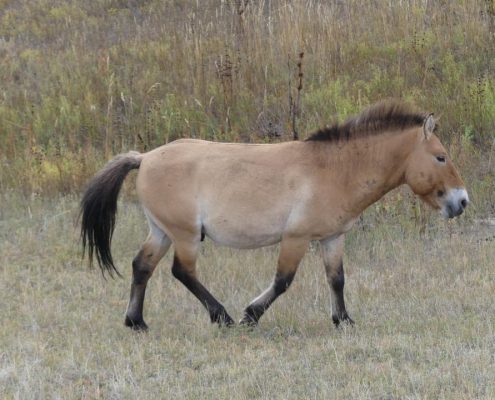
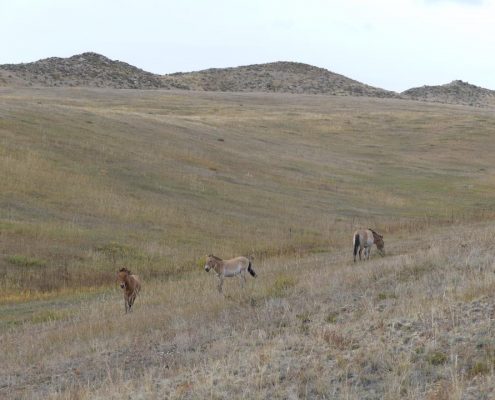
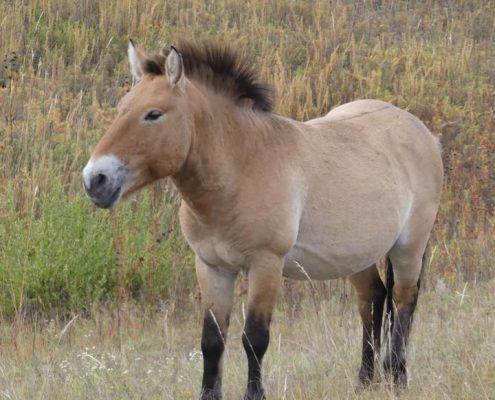
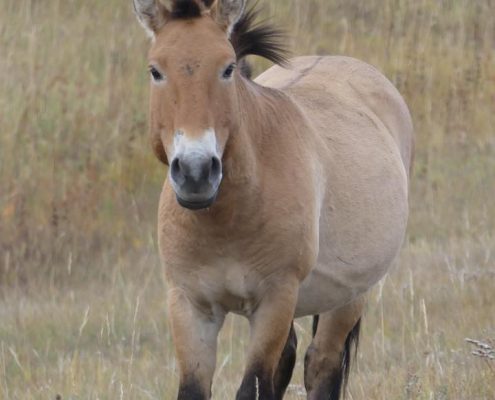
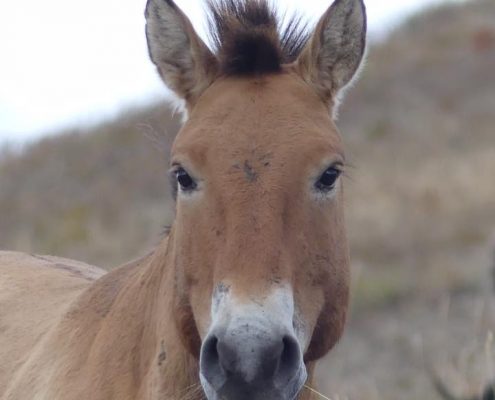
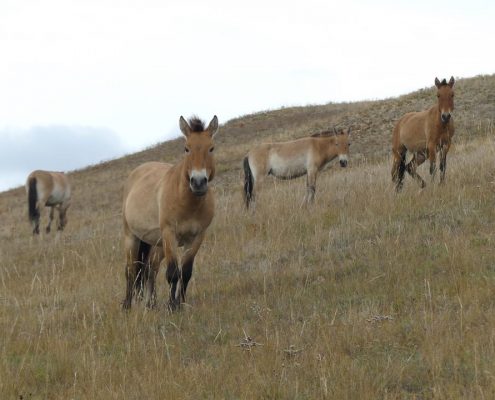
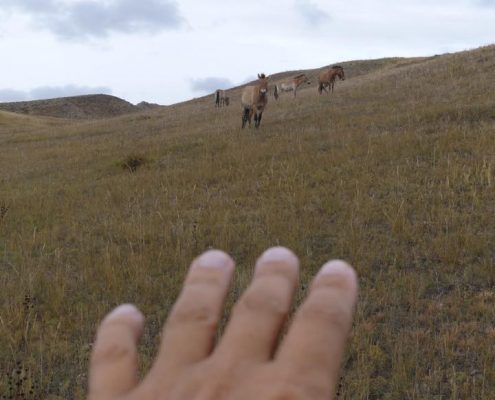
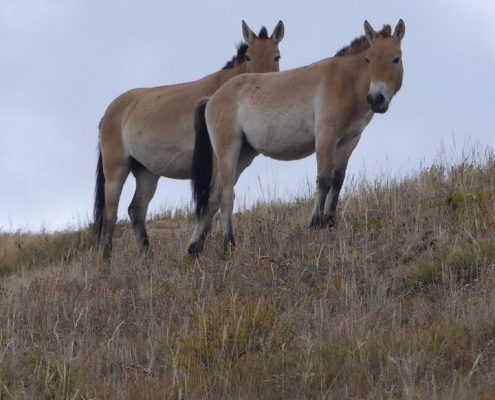
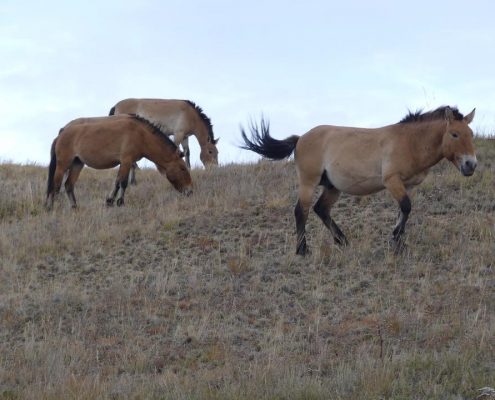
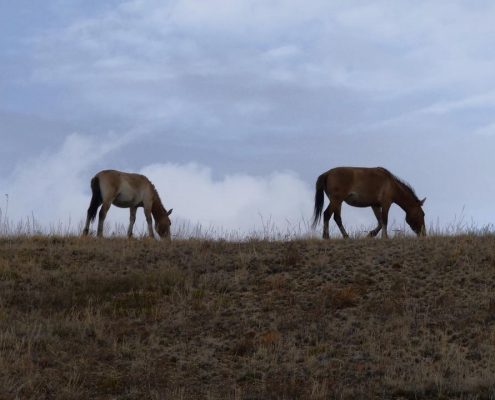
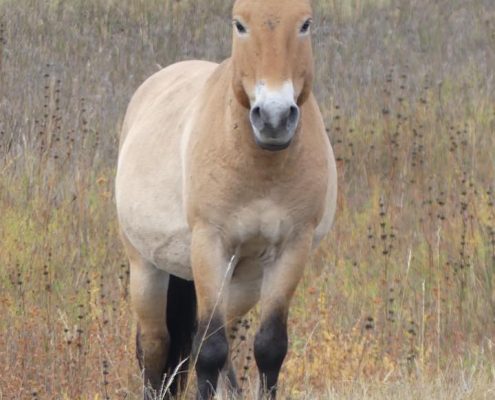
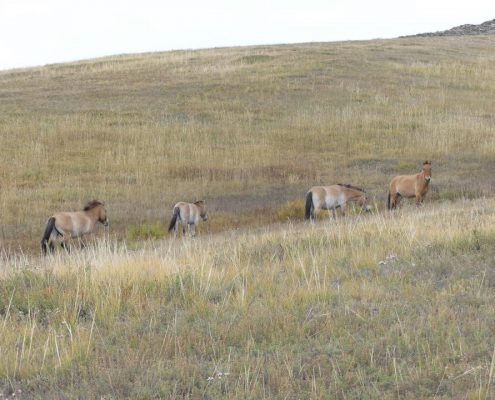
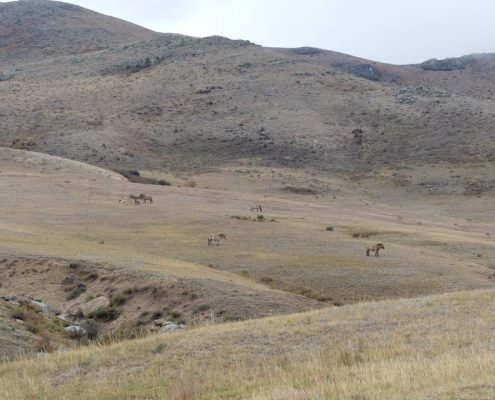
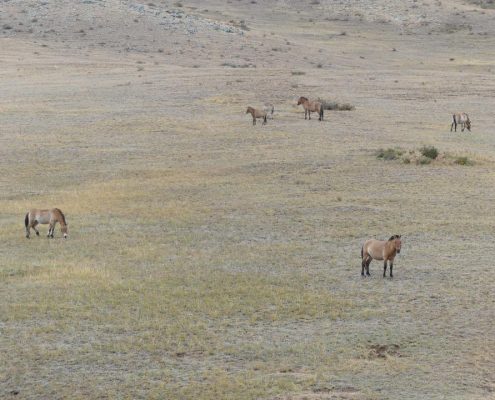
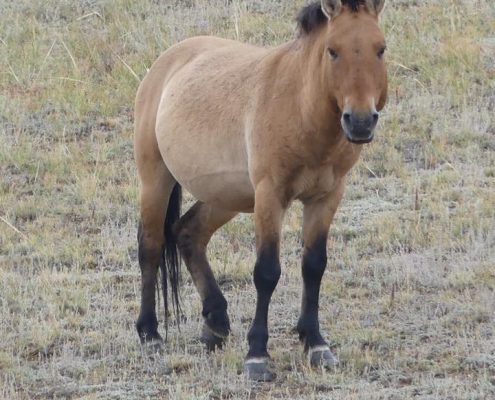
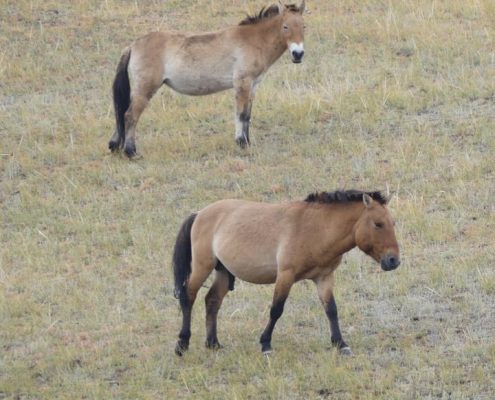
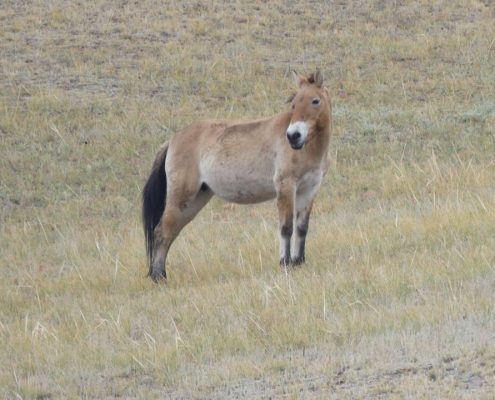
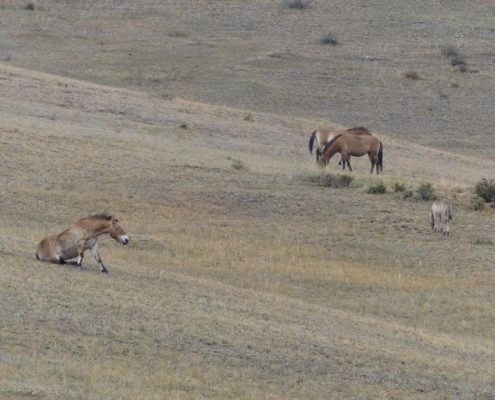
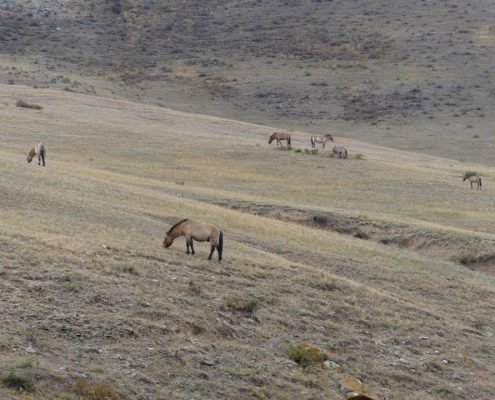
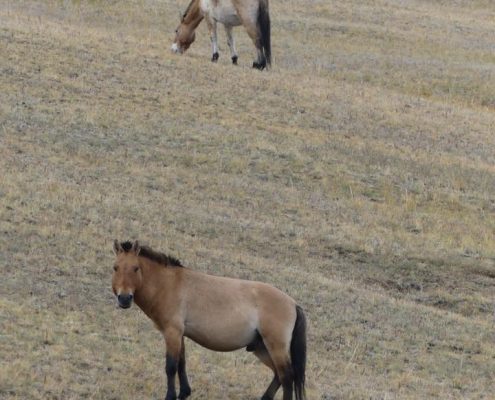
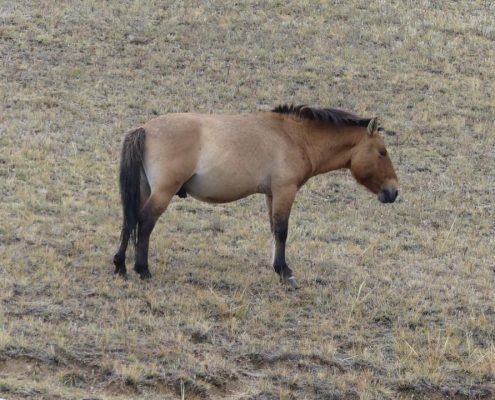
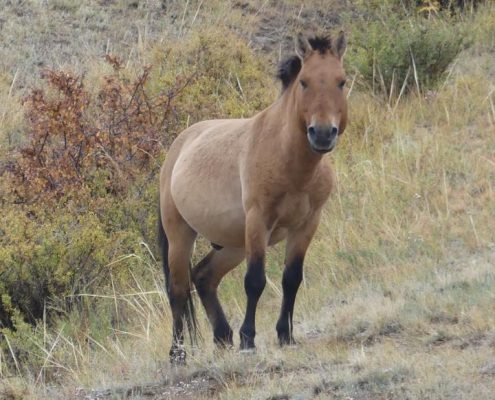
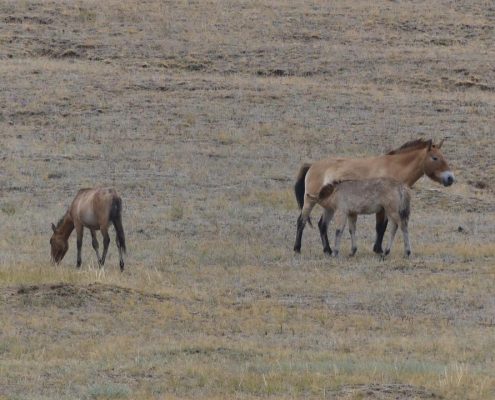
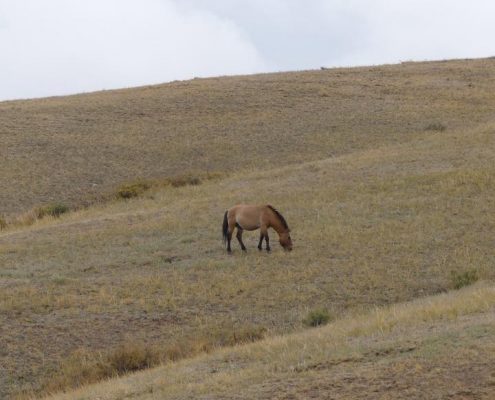
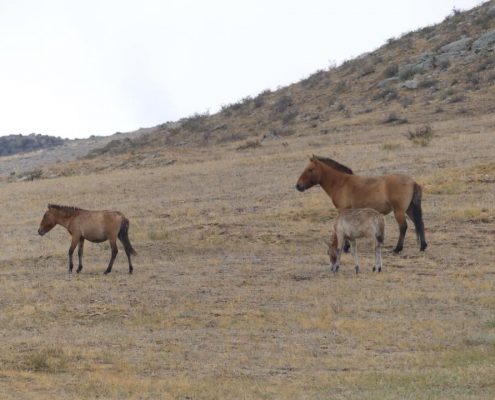
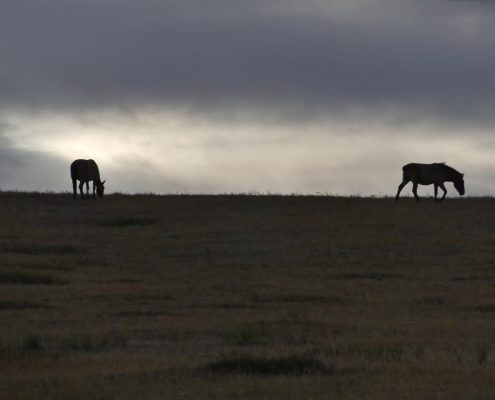
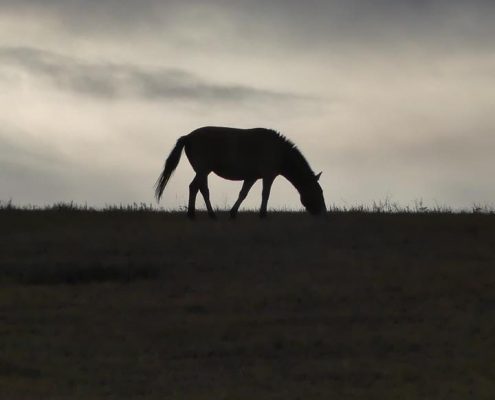


Share this entry